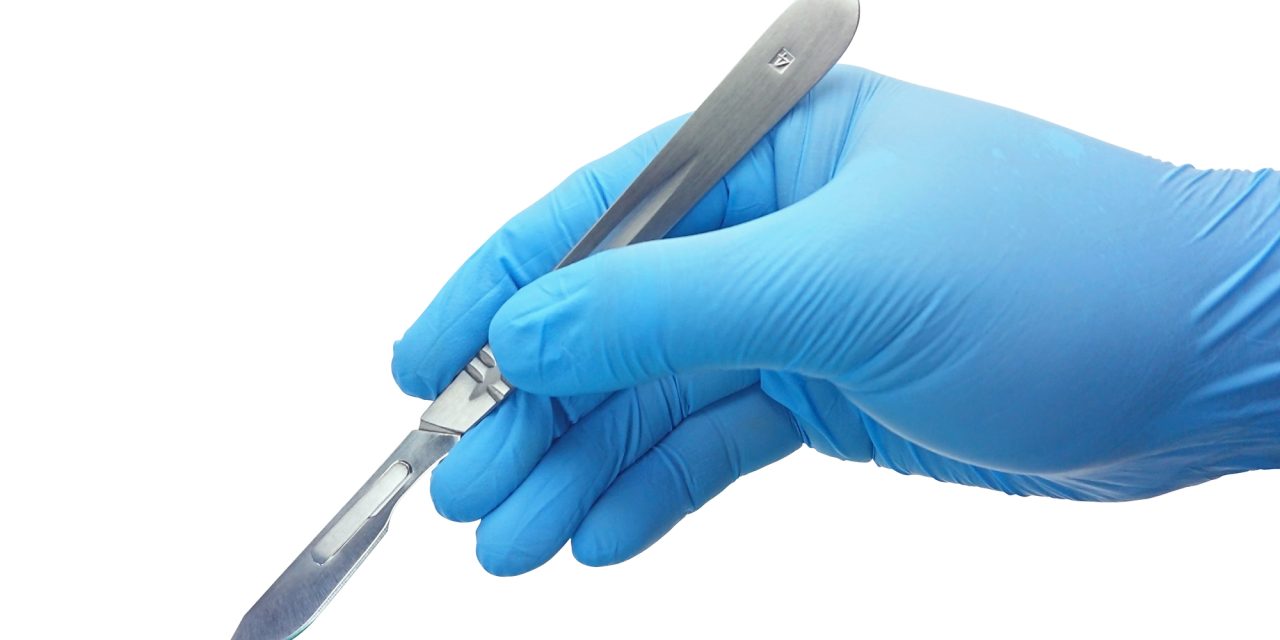In the last 20 years, surgical procedures in breast remodeling during mammoplasty have been deeply modified with a gradual shifting from an invasive intervention using definitive implants (DIs) to a more conservative autologous fat grafting (AFG). AFG has been used for many years as bioactive material through the Lipofilling technique and as a bioactive scaffold when it was enriched with adipose-derived stem cells (ASCs), while DIs have been considered physiologically inert biomaterials with low toxicity. The paper aimed to compare the breast remodeling results obtained in the DI group (55 patients) for hypoplasia correction with those of the ASC-enhanced AFG group (50 patients), also analyzing the influence of breast and chest deformities (tuberous breast, volume, and nipple-areola complex asymmetry, pectus excavatum and carinatum) in the cosmetic outcome. A retrospective, case-control study was conducted. The pre-operative analysis was performed with an accurate clinical evaluation, a photographic assessment, and an instrumental evaluation based on magnetic resonance imaging, mammography, and ultrasound. Of patients treated with DIs 89% (n = 49) showed excellent cosmetic results after 1 year compared with the patients treated with AFG, who showed the same results in 64% (n = 32) of cases. The naturalness of the results in the AFG group was higher than that in the DI group ( < 0.0001 vs. DI group). DIs and AFG were safe and effective in this case series treated. The AFG group showed more natural results, allowing the treatment of patients with pectus excavatum, while DIs showed the more evident and lasting result.
Breast Silicone Gel Implants versus Autologous Fat Grafting: Biomaterials and Bioactive Materials in Comparison.


